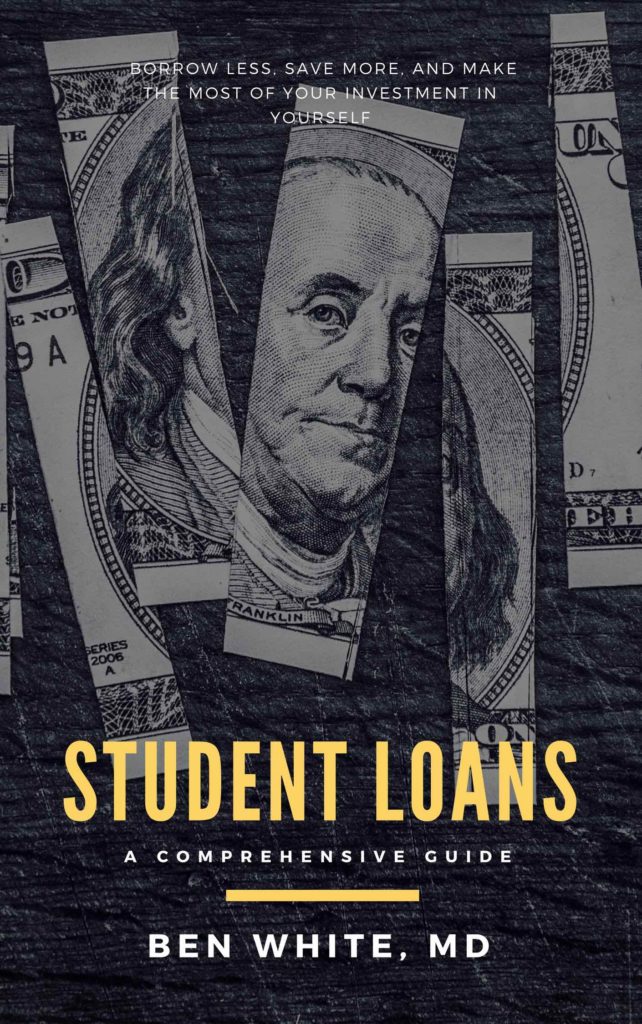The new budget just passed ponied up an extra $350 million to help those ineligible for PSLF due to repayment plan technicalities. Here is the language, followed by the translation.
From the recently passed budget (aka Consolidated Appropriations Act, 2018), SEC. 315 (pages 1008-1010):
For an additional amount for ‘‘Department of Education—Federal Direct Student Loan Program Account’’, $350,000,000, to remain available until expended, shall be for the cost, as defined under section 502 of the Congressional Budget Act of 1974, of the Secretary of Education providing loan cancellation in the same manner as under section 455(m) of the Higher Education Act of 1965 (20 U.S.C. 1087e(m)), for borrowers of loans made under part D of title IV of such Act who would qualify for loan cancellation under section 455(m) except some, or all, of the 120 required payments under section 455(m)(1)(A) do not qualify for purposes of the program because they were monthly payments made in accordance with graduated or extended repayment plans as described under subparagraph (B) or (C) of section 455(d)(1) or the corresponding repayment plan for a consolidation loan made under section 455(g) and that were less than the amount calculated under section 455(d)(1)(A), based on a 10-year repayment period: Provided, That the monthly payment made 12 months before the borrower applied for loan cancellation as described in the matter preceding this proviso and the most recent monthly payment made by the borrower at the time of such application were each not less than the monthly amount that would be calculated under, and for which the borrower would otherwise qualify for, clause (i) or (iv) of section 455(m)(1)(A) regarding income-based or income-contingent repayment plans, with exception for a borrower who would have otherwise been eligible under this section but demonstrates an unusual fluctuation of income over the past 5 years: Provided further, That the total loan volume, including outstanding principal, fees, capitalized interest, or accrued interest, at application that is eligible for such loan cancellation by such borrowers shall not exceed $500,000,000: Provided further, That the Secretary shall develop and make available a simple method for borrowers to apply for loan cancellation under this section within 60 days of enactment of this Act: Provided further, That the Secretary shall provide loan cancellation under this section to eligible borrowers on a first-come, first-serve basis, based on the date of application and subject to both the limitation on total loan volume at application for such loan cancellation specified in the second proviso and the availability of appropriations under this section: Provided further, That no borrower may, for the same service, receive a reduction of loan obligations under both this section and section 428J, 428K, 428L, or 460 of such Act.
Mhmmm, almost English.
This Republic-passed bill signed by a Republican president includes a seemingly random $350 million for temporarily expanding PSLF. (The Dems, of course, were pushing for $2 billion.)
Even while the ultimate fate of PSLF remains hotly debated, there are additional funds to allow individuals with Direct loans to have their payments under the “Extended” and “Graduated” plans count toward the 120 necessary monthly payments for PSLF forgiveness. Normally, only payments made while in an income-driven repayment (IDR) or the standard plan count toward PSLF.
A lot of people who gave up on the idea or were told they don’t qualify should go back and do some basic arithmetic to see where they stand.
All of the other requirements still apply: as in, you’ll need Direct (not FFEL) loans and have had made 120 on-time monthly payments while working full-time in a qualifying public service job with a qualifying employer. A new application form will be released in the next 60 days.
An unusual caveat is that this particular expansion is first-come, first serve. This makes some sense when you consider that this expansion is really about trying to further the spirit of the original program; these new inclusion criteria are not part of the master promissory note but are really just throwing frustrated borrowers a bone.
See more about the TEPSLF program here.
